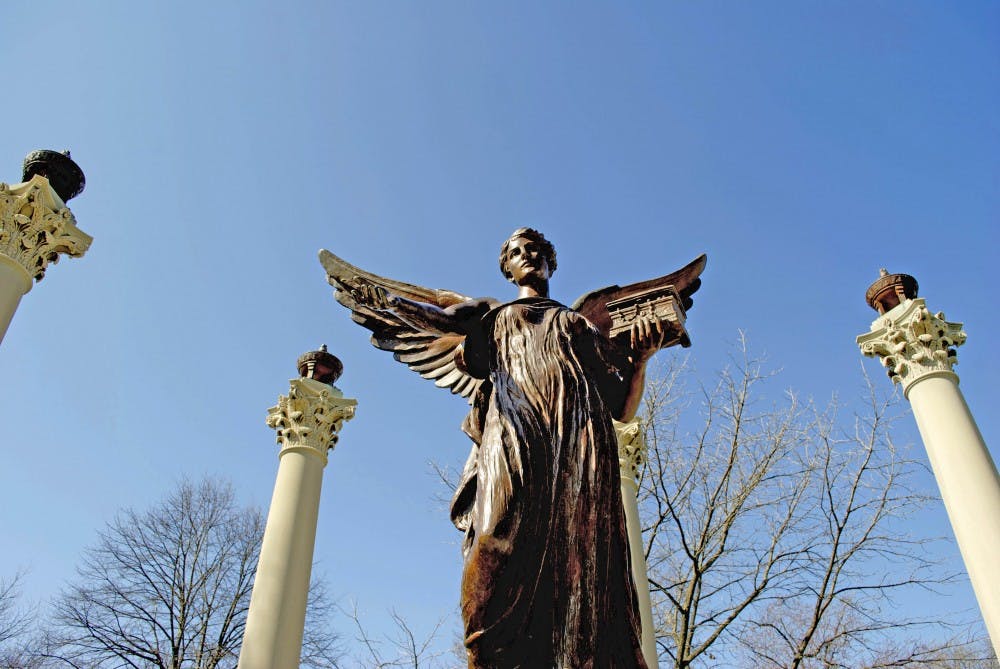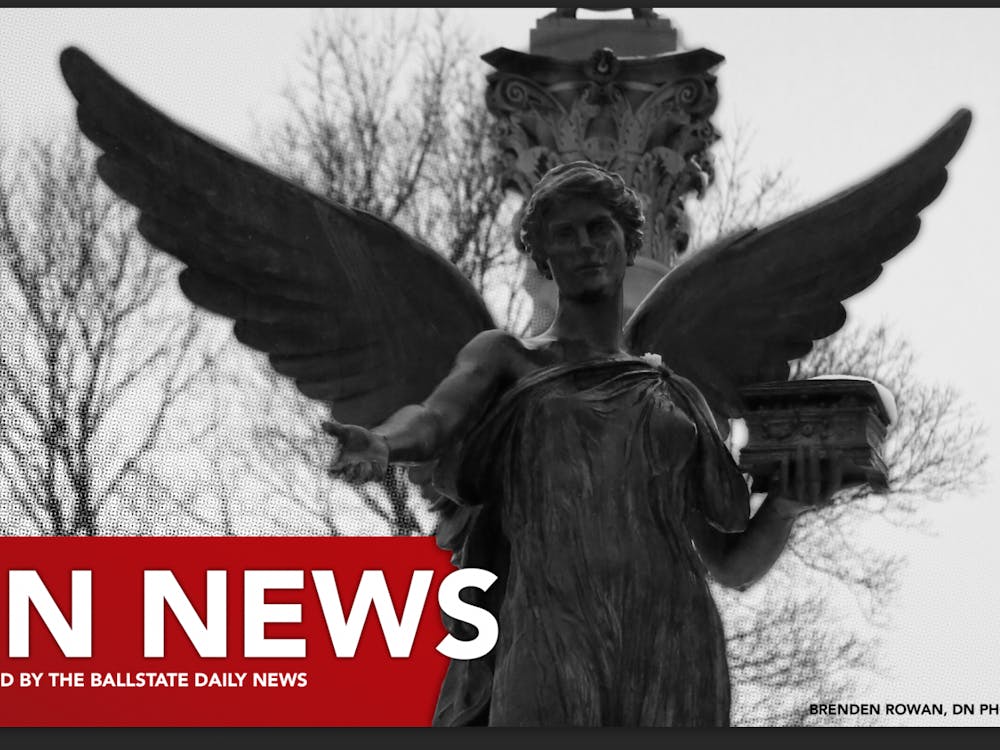Themes covered by the Beneficence Dialogue
1) Recruitment and retention of a diverse student body
2) Diversity awareness/education initiatives for students
3) Education/training for and support from faculty
4) University response/student body and administration interactions
5) Campus climate
Plans are now in motion to address concerns and recommendations students had about diversity issues at the Beneficence Dialogue.
A report of these sessions was sent out Friday, Oct. 16, by Ro-Anne Royer Engle, director of the Multicultural Center. The report was compiled solely from student input and was not altered by the administration at all, Royer Engle said.
“We looked at recommendations made over and over by multiple students and those are the ones that came to the top,” Royer Engle said.
The Beneficence Dialogue had two sessions March 30. Led by faculty and staff, 123 students talked in small groups about diversity issues while Ball State President Paul W. Ferguson and Kay Bales, vice president for student affairs and dean of students, listened to the different groups.
One of the concerns of students was the university marketing itself as diverse, while many students feel it is not. The solutions they recommended for this included improving marketing strategies to attract diverse student populations and ensuring marketing images reflect the true diversity of the student population.
Another concern highlighted how students of privilege are not aware of diversity issues. Some of the proposed solutions included launching a required diversity course or seminar in the core curriculum and expanding the diversity peer advocate program, which presents diversity workshops to students and organizations.
Since she works so closely with diversity and inclusion issues at the university, Royer Engle said the concerns were not too surprising to her.
“I think, for us, it was really important to get student recommendations and hear their concerns but also get thoughts on how the university can proceed,” Royer Engle said.
Carlos Mata, president of the Latino Student Union, said the concerns were accurate, especially regarding the university’s marketing on diversity. However, he said there is only so much administration can do; students need to get involved to make a change.
“If you are a driven and a passionate person and you feel that this has to be done, get your research together, talk to administration and find out ways that this initiative can be done,” Mata, a junior telecommunications major, said.
Diversity doesn't just mean racial diversity, Mata said. More focus needs to be placed on diversity across the board.
“I hope that there is a much broader understanding of the term diversity and inclusion in general,” Mata said. “It can apply to mental health and disabilities; I want people to understand that.”
Over the summer, the Council on Diversity and Inclusion was established to help put the recommended solutions in motion. Royer Engle said there are representatives from different areas on campus, such as strategic communication, admissions and retention. Students are also on the council.
The council is divided into teams, which are each responsible for certain solutions. The teams will look into the proposed solutions and contact the appropriate people to determine feasibility and create action plans.
“I think the [Council on Diversity] is committed to seeing the recommendations that can be done as soon as possible, making them a priority and working on them to be able to have students and the community realize that the university is listening and is taking action,” Royer Engle said.
Even though the solutions are good, Student Government Association Treasurer Meagan Mullen said students should be educated on diversity and what it means.
“When you think of diversity, you think of race, gender, ethnicity, sexual orientation, you don’t think of diversity as a whole as just being different,” Mullen said.
Mullen was heavily involved in two of the SGA slate’s platform points regarding diversity earlier this semester. She said people need to be more understanding of others who may not understand diversity and the proper terminology.
“When something arises or situation comes up, people just attack," Mullen said. "Instead, we need to help that person grow."





